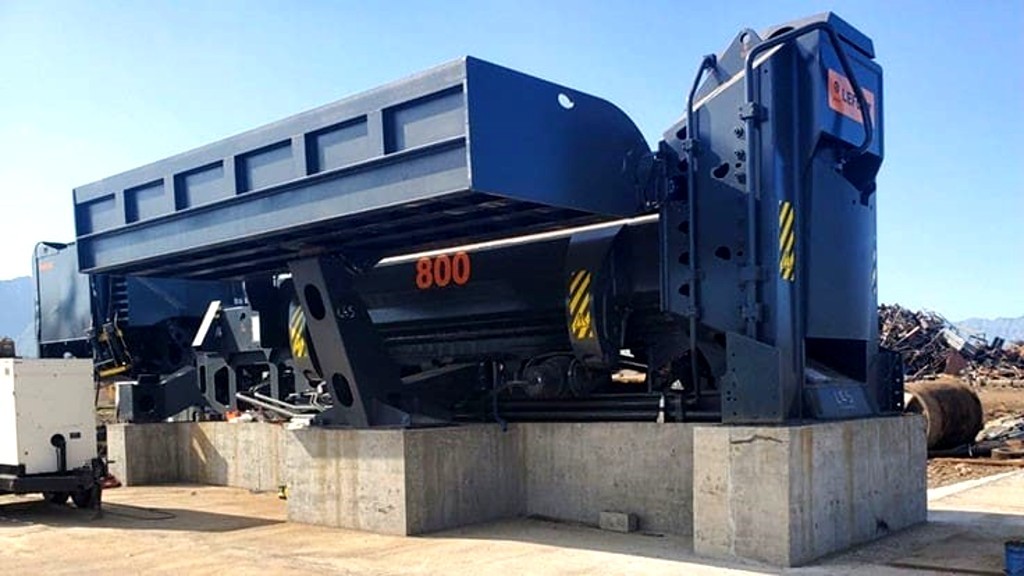What to consider when buying a shear/baler/logger
Follow these tips to get the most out of your investment

Shear/baler/loggers offer the versatility of three machines in one, making them a popular choice for scrap recyclers looking to process both heavy and light metal materials. These machines work by taking metals and compacting them into a log that is then either compressed into a bale or cut to length by a shear to prepare them for transport.
When it comes to selecting the right shear/baler/logger for your facility, there are many factors to take into consideration, such as machine capacity, manufacturer support, type of metal processed, and material volumes, to name a few. All shear/baler/loggers are not created equal, so make sure you consider these tips to ensure you invest in the best possible fit for your application.
What kinds of materials do you process?
Primary processing grades for scrapyards are steel #1 and #2, although the majority of facilities today process a high percentage of lighter, bulkier materials than were previously found in facilities decades ago. Stationary units with higher forces can handle heavier, bulkier materials and provide higher production rates.
Does the unit need to be portable?
Portable shear/baler/loggers typically are lower force machines and are limited to lighter material than a stationary unit. The unit's charge box may be shorter and have less side forces to handle heavier, bulkier materials.
Shear throat size is also a limiting factor in some of these units. Again, bale density can be a concession in a portable unit. Stationary shears generally have larger charge box openings, larger shear throat openings, and higher forces. Stationary shears are typically available in 800- to 2,200-ton models, and there are usually a variety of charge box configurations (clamshell, tuck and fold, and side squeeze) available to fit particular applications.
Stationary balers are available in multi-ram compression under higher forces and will achieve high-density bales. A stationary unit will be a higher production unit compared to a portable unit.
What production requirements need to be met?
When comparing portable balers, you should know what your markets are, what current production requirements are, and what future production requirements will be.
When comparing various models, look at:
- Chargebox size (width and length).
- Chargebox configuration (for trapping larger bulky material).
- Chargebox forces.
- Baling force.
- Bale eject door versus moving bales with a grapple or magnet.
- Type of engine (name brand).
- Type of programmable logic controller (name brand).
- Manufacturer support options.
- Resale/trade-in value (name brands will hold higher values).
Additional things to consider when purchasing a shear/baler/logger
Investing in equipment is no small decision, and it's important to evaluate not only your present needs, but any future needs that may arise as a result of changing markets and increased volumes. Buying a machine that is too small for possible future demand is a common mistake made during the buying process based on current capital or cash constraints. To avoid this, carefully consider:
- Current and future projections of tons per day and tons per month.
- The useful life expectancy of the machine.
- Buying new versus used equipment.
- Ease of maintenance.
- Initial purchase price versus ongoing operating costs.
- Installation costs, including possible permitting requirements.
- Electrical service requirements for non-diesel units.
- Foundation design and construction.
- Conveyor systems or material handling equipment to feed or remove material.


